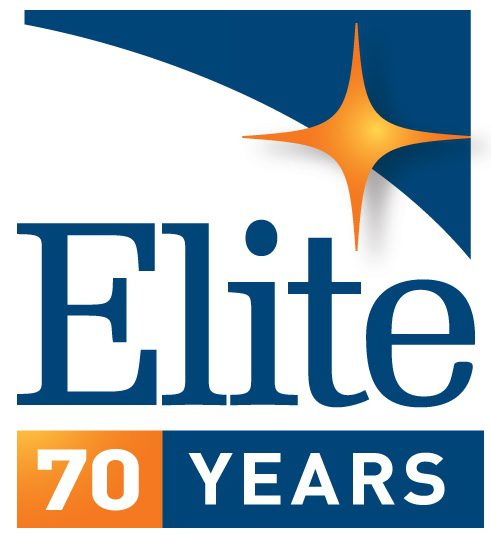February 22, 2023
Go to the gas station and fill your tank, then go inside for coffee. On the sales counter, buy a bottle of washer fluid, then back outside add it to your car’s fluid tank. Within those few minutes you exposed yourself to benzene in the gasoline, formaldehyde from the counter’s pressboard, and methanol from the washer fluid.
The amounts were extremely small, and the time was brief, but it was still chemical exposure. In contrast, a device or product is continuously exposed to chemicals, some more than others, and the effects vary depending on the product’s construction and its operating environment.

Elite Electronic Engineering has been performing chemical exposure tests on products for many years. Standards exist for chemical exposure:
- Radio Technical Commission for Aeronautics (RTCA) DO-160
- MIL-STD-810, which apply to both aircraft and ground vehicles
- SAE 1455 and ISO 16750-5, which focus on road vehicles
Elite’s Nick De Pasion and John Gondek have long experience with chemical exposure testing. It’s not unusual for a customer to inquire about a chemical exposure test and not be certain of what they need to help Elite’s staff craft a test plan. While the standards give test methods and define the contaminants to be used in a test, the interpretation of the actual test is highly dependent on the test sample (or samples) and the customer’s understanding of its intended environment.
Customers need to know that storage and disposal of contaminant fluids is a logistical concern in planning the test. Depending on how much is needed for the series of exposure tests, their storage and shelf life need to be factored into the plan. Some contaminants necessary for the test require licensing to obtain it and to store it, and costs can grow quickly.
Nick and John have come up with a list of things to know if your product will need a chemical exposure test. Keep these in mind if you’re planning to have your product tested to one the appliable standards.


Chemical-exposure engineers Nick De Pasion and John Gondek
Chemical Exposure Test Checklist
- Do not assume what type of test will be needed. Discuss test details like the choice of contaminant, the method of application, and the temperature level with the Elite experts. The choices will be made depending on the product’s material and its intended use.
- Know what standard applies to your product. This is well understood in most cases, but the device and its application may cause multiple standards to apply.
- Know what material needs to be tested. Most products are assembled from a combination of metal, plastic, vinyl, ceramic, or other materials, all of which have different responses to different contaminants.
- Determine how many samples of the product will be tested. If there are multiple samples, will they receive the same test or will different exposure tests be applied to different samples?
- Know how the end customer will use the product. If it’s exposed to water, is it sprayed like rain, or soaked as in submersion? If it’s likely to have significant exposure to fumes, what kind of fumes and for how long? These questions are fundamental to devising a meaningful test plan.
- Know what results you’re looking for. Should the product be complete impervious to contaminants, or is cosmetic damage tolerable if it functions correctly? How much cosmetic damage is acceptable?
- Be aware of safety issues with the type of contaminant to be applied in the test. A discussion with an expert at Elite will help resolve that question.
- Determine how is the contaminant to be applied. How many times will it be applied, and is there a cleaning procedure needed between applications? The standard will show how to do it, but the choice of whether to spray, brush, or wipe the contaminant on the product surface will depend on the product’s construction and its likely environment.
- Determine if the whole product sample to be exposed to the contaminant, or only sections.
- Determine if the contaminant fluids are to be applied at the same time or as part of separate tests.
- Determine if the test fluids for the test are readily available. Some are costly and difficult to obtain. Elite’s experts will work with you toward the best answer to that question.
As always, contact the experts at Elite with these questions and others that are specific to your product. Chemical exposure testing is well understood and is defined by the standards, but each test is as unique as your product. Elite has seen them, and knows what you’ll need to know.
